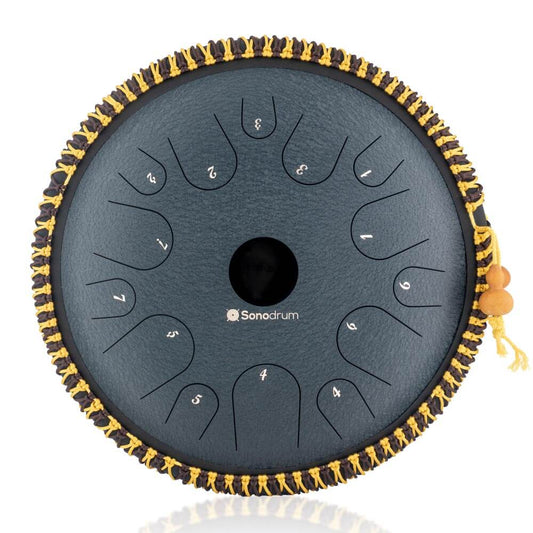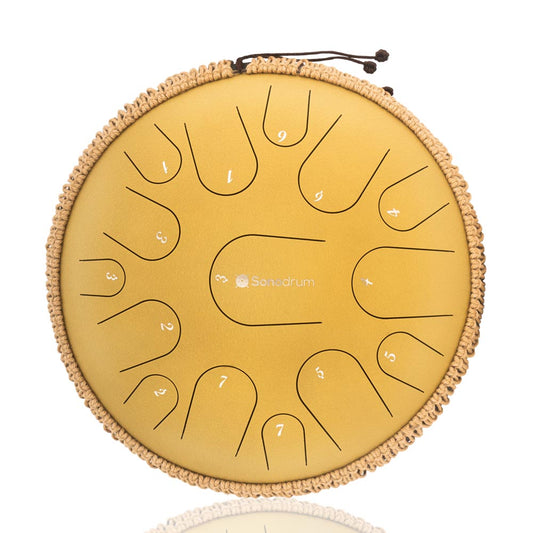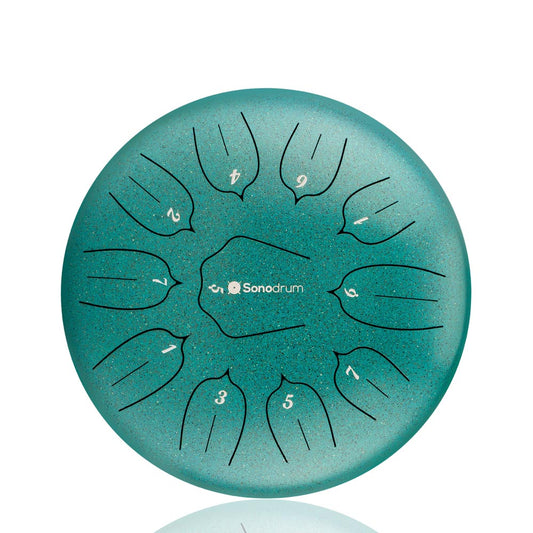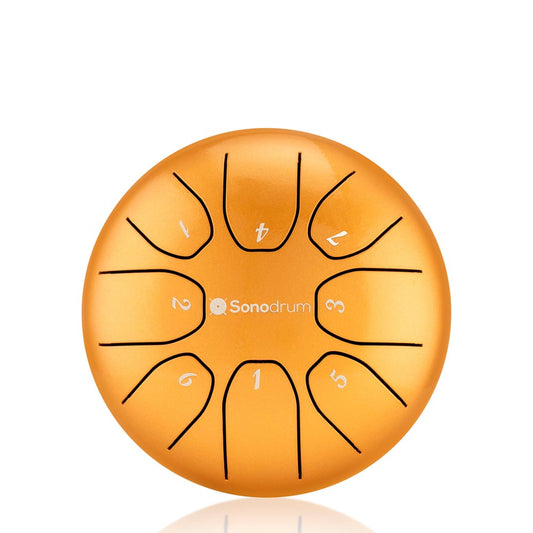In the realm of cinema, music serves as a powerful narrative tool, capable of evoking emotions, setting the mood, and enhancing the storytelling experience. Among the diverse array of instruments used in film scores, the tongue drum has emerged as a versatile and evocative choice for composers seeking to create atmospheric and immersive soundscapes. In this article, we'll explore the use of tongue drums in film soundtracks and scores, examining their role in iconic movie scenes and their ability to enrich cinematic narratives with their unique sound.
Creating Atmosphere and Emotion:
Tongue drums are renowned for their ability to create atmospheric and emotional depth in film scores. Their resonant tones and hypnotic rhythms can evoke a wide range of emotions, from serenity and contemplation to tension and suspense. In scenes of quiet introspection or moments of profound revelation, the gentle melodies of the tongue drum can provide a sense of intimacy and vulnerability, allowing viewers to connect more deeply with the characters and their innermost thoughts and feelings.
Enhancing Action and Drama:
In addition to their capacity for subtlety and nuance, tongue drums are also adept at heightening the intensity and drama of action sequences in film. With their percussive beats and driving rhythms, tongue drums can create a sense of urgency and momentum, propelling the narrative forward and amplifying the excitement of chase scenes, battles, and thrilling confrontations. The dynamic versatility of the tongue drum allows composers to infuse these scenes with energy and adrenaline, immersing viewers in the heart-pounding excitement of the action.
Examples of Iconic Movie Scenes:
Several iconic movie scenes showcase the evocative power of tongue drums in film soundtracks. In the critically acclaimed film "The Revenant," composer Ryuichi Sakamoto incorporates the haunting sound of the tongue drum to underscore the film's themes of survival and resilience, particularly in scenes depicting the protagonist's solitary journey through the wilderness. Similarly, in the epic fantasy adventure "The Lord of the Rings: The Fellowship of the Ring," composer Howard Shore employs tongue drums to evoke the mysterious and otherworldly landscapes of Middle-earth, adding depth and texture to the film's immersive world-building.
Conclusion:
From intimate character moments to epic action sequences, tongue drums have become an integral part of the cinematic landscape, enriching film soundtracks and scores with their evocative sound and emotional resonance. As composers continue to explore the possibilities of music in storytelling, the tongue drum's unique timbre and versatility offer endless opportunities for creative expression and narrative exploration. Whether used to evoke a sense of wonder, heighten tension, or convey raw emotion, the tongue drum remains a powerful and compelling instrument in the cinematic arsenal, capable of transforming ordinary scenes into unforgettable cinematic experiences.




